Today's Practical Earthkeeping post comes from photographer Kevin Vande Vusse. Along with a few of his beautiful photos, Kevin shares some ways we can help migrating birds.
Spring. The season of new life and new beginnings. Anticipation is high as the sun's warmth can finally thaw out the land and call to life all that had either gone to rest or migrated away. As the northern hemisphere of the earth tilts towards the sun, northerners like me welcome back spring. The early songs of Red-winged Blackbirds and distant cries of Killdeer declare that “our turn” is soon to come. Our turn for warmth, our turn for excitement, our turn for newness.
For outdoor enthusiasts, spring can be one of the most exciting times of the year. As winter releases its grip, amphibians resurrect from their underground lairs, plants decorate the landscape with their unique and delicate flowers, and rivers and lakes begin to thaw and come alive with song and drama. It is a time of new life and abundance, and one of the most exciting wildlife spectacles that occur on our planet. With precision and mystery, millions of birds begin to move north from their winter homes in the south.
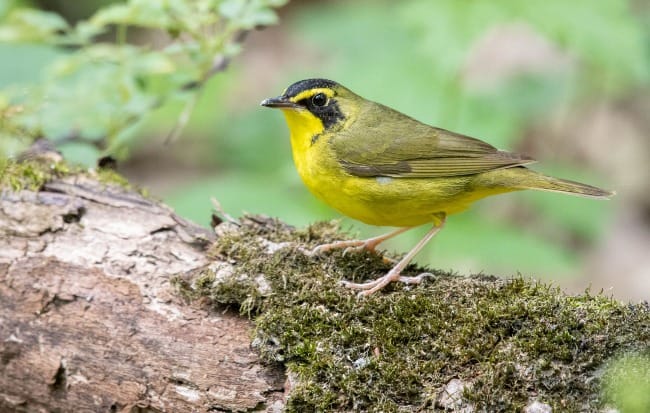
Migration is one of the most exciting aspects of spring. It is our chance to experience the tropics without having to get on an airplane. Tanagers, warblers, vireos, flycatchers, and more, flying thousands of miles, begin to decorate forests and fields as they make their way north. Using the stars, landforms, and even the earth’s geomagnetic field to navigate, a White-rumped Sandpiper, weighing only around two ounces, can fly from its wintering grounds on the southern coast of South America back to its breeding grounds in the Canadian Arctic.
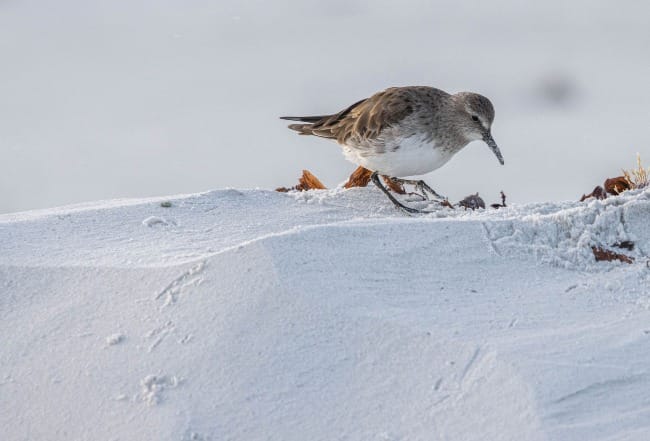
Many birds migrate to access the habitat that becomes available during the warm months of temperate regions. With the seasonal retreat of snow and ice, massive concentrations of available food and space become available. Migration is advantageous by reducing the effect of competition with other species. By moving out, many birds will take advantage of the short, yet plentiful, growing season of the north.
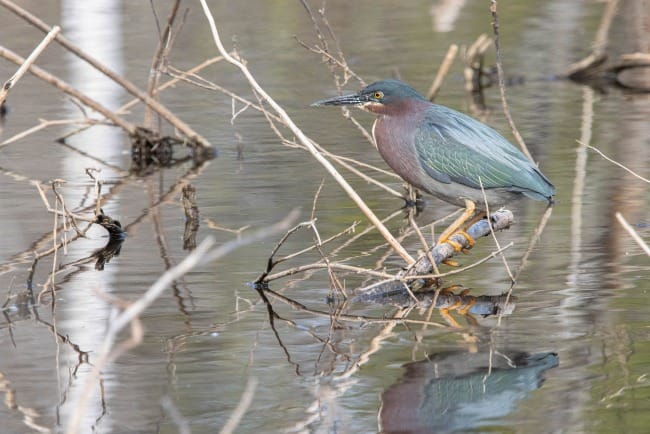
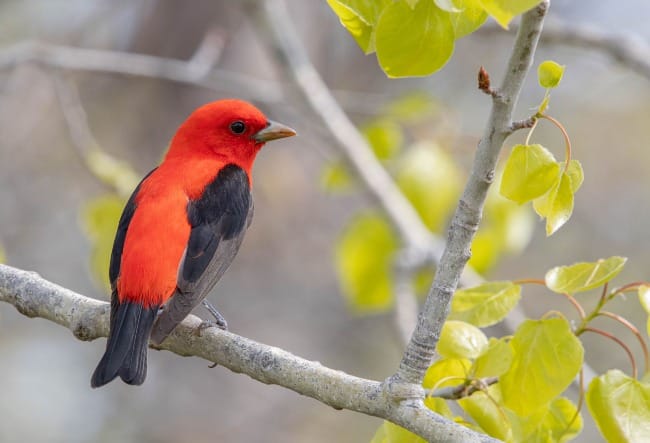
Green Heron and Scarlet Tanager photographed in Michigan. Photos by Kevin Vande Vusse.
The task of migration is long and can be challenging for a small bird to complete. One might wonder, “Is there anything I can do to help out?” There is! Helping birds complete their springtime journeys can be achieved on both large and small scales. Some of the ways we, as individuals, can assist are surprisingly simple, tangible, and easy to implement.
Here are some ways that you can help birds during their migration and ensure that we continue to enjoy their songs for many years to come:
- Turn off nighttime outdoor lights during the months of March - May. Most songbirds migrate at night and use the stars for navigation. On clear nights, light pollution can hinder their ability to see the night sky. Every little bit can help!
- Keep your cat indoors. Domestic cats are not a native predator to our local ecosystems and are, currently, the leading cause of songbird population decline.
- Plant trees and wildflowers native to your region on your property. Native plants are a huge and vital resource to wildlife, especially birds, in providing food and nesting habitat. Many native insects, which most migrant birds rely on for food, use specific native plants for their life cycles. Planting these plants can increase the amount of native insects, and, with more insects for food, more birds can survive.
- Record what species you’re seeing in your region. Using citizen science databases such as eBird can help ornithologists to monitor bird populations and determine what is needed for their survival.
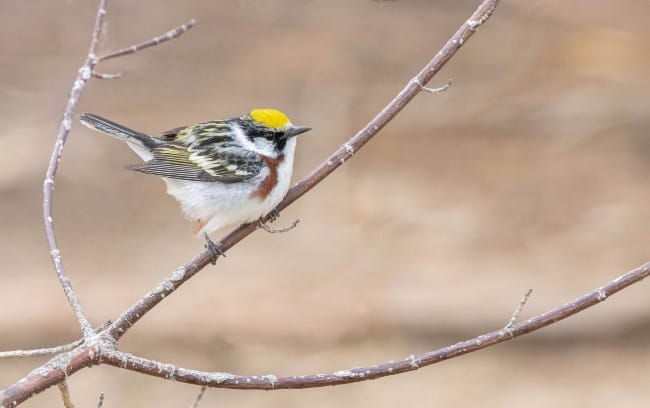
As we enjoy the coming of spring, may we continue to step out our front door to experience and seek the newness that presents itself. By finding ways to help our bird neighbors, we can begin to lessen the gap between humanity and the created world and, perhaps, begin to see it in a way that inspires stewardship, care, and above all, closeness with the Creator.
Springtime blessings,
Kevin
See more of my photos by clicking the link here.
Leave a comment or share this post, by clicking here.